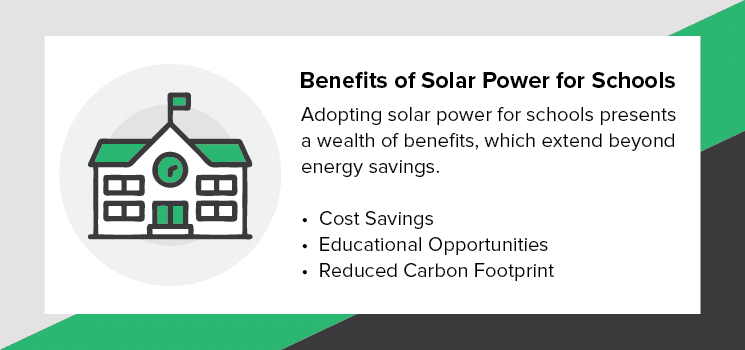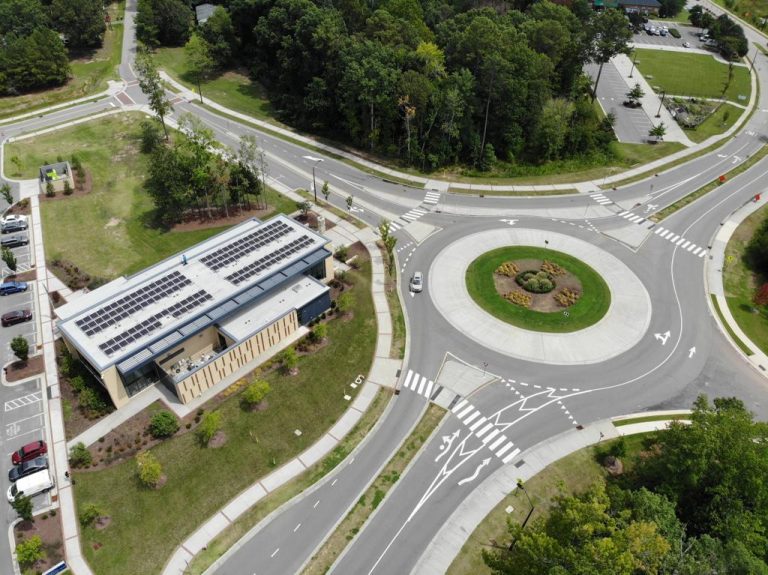As concerns about climate change continue to grow, more and more institutions are seeking sustainable energy solutions. In particular, solar power for schools has emerged as a highly viable and beneficial option. Educational institutions, from grade schools to universities, have an incredible opportunity to lead the way in sustainable energy adoption.

Adopting solar power for schools presents a wealth of benefits, which extend beyond energy savings. These benefits include:
According to the National Renewable Energy Laboratory, K-12 schools in the United States spend more than $6 billion on energy each year. By switching to solar power, schools could redirect these funds to educational initiatives.
Schools across the country are already reaping the benefits of solar power. Here are a few examples:
Installing solar power for schools requires a significant upfront investment. However, there are several financing options available that can make this transition more affordable:
While there are many benefits to using solar power for schools, there are also challenges and considerations that need to be taken into account:
Solar power installations in schools can be viewed not only as an energy solution but also as a valuable resource for education. When solar power systems are integrated into a school’s infrastructure, it offers an excellent teaching tool that introduces students to renewable energy concepts and environmental science.
By incorporating solar technology into the science, technology, engineering, and math (STEM) curriculum, educators can use it as a tangible example to explain complex scientific and mathematical concepts. For example, physics classes can discuss the photovoltaic effect, how sunlight is converted into electricity. Math students can calculate energy production and savings based on panel orientation and local weather patterns.
Solar panels also offer a way to teach students about sustainability and the role of renewable energy in combating climate change. Schools with solar installations often display real-time energy production and savings statistics, offering a visual representation of the impact of renewable energy.

The solar industry is one of the fastest-growing job sectors in the United States, according to the U.S. Bureau of Labor Statistics. By familiarizing students with solar technology, schools are preparing them for potential careers in this booming industry.
Students can also be involved in the planning and implementation of solar projects, giving them practical experience in project management and decision-making processes. For instance, students at Appalachian State University in North Carolina have taken an active role in their school’s solar energy initiatives, including the creation of a solar-powered vehicle team.
Solar energy projects in schools provide an experiential learning platform that goes beyond textbooks. Students can conduct energy audits, monitor energy consumption, and even help maintain solar systems. These experiences provide students with hands-on lessons that are likely to be more engaging and impactful.
Solar power for schools is more than just an investment in clean energy—it’s an investment in our children’s future. By adopting solar energy, schools not only save money on electricity bills but also provide educational opportunities for students, foster environmental stewardship, and demonstrate leadership in community sustainability. At the end of the day, the transition to solar power equips students with the knowledge and tools they need to build a more sustainable future.
This content was originally published here.
